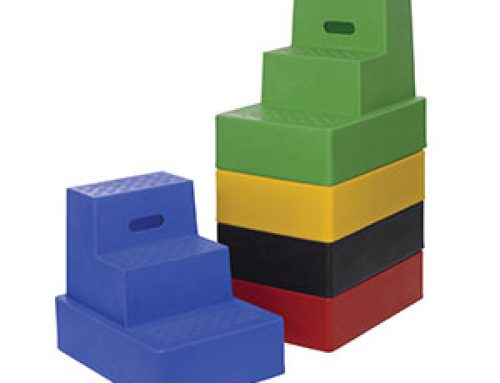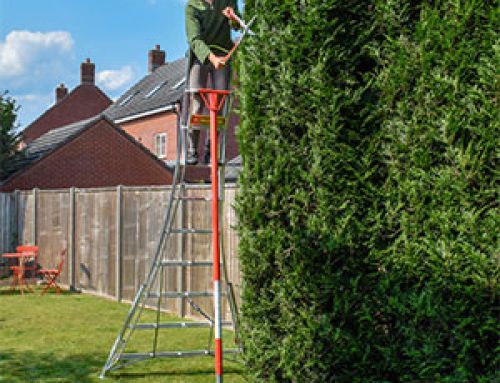Around 200 years ago a ladder would have most likely been a homemade affair, constructed reasonably well with skills passed down through generations of carpenters and skilled workers. It was possible to purchase a ladder made by a carpenter, but for many people making their own was the only financially viable way of obtaining one. There were no safety standards as we know them today, and certainly none of the rigorous testing that modern ladders have to undergo before they are sold. The first step ladder was invented in 1862 by John H Basely, before then only straight ladders were available. The extra stability afforded by the ‘A’ frame construction of the step ladder instantly improved ladder safety and may be one of the most far-reaching innovations in ladder safety ever made.
constructed reasonably well with skills passed down through generations of carpenters and skilled workers. It was possible to purchase a ladder made by a carpenter, but for many people making their own was the only financially viable way of obtaining one. There were no safety standards as we know them today, and certainly none of the rigorous testing that modern ladders have to undergo before they are sold. The first step ladder was invented in 1862 by John H Basely, before then only straight ladders were available. The extra stability afforded by the ‘A’ frame construction of the step ladder instantly improved ladder safety and may be one of the most far-reaching innovations in ladder safety ever made.
In the late 1800s wood was the primary material used for ladder construction, and although wood is cheap, strong and easy to work with, it is also prone to rot, cracks and splinters and does not take well to prolonged exposure to rain and damp. Using a wooden ladder outdoors in wet weather is very dangerous, as wood becomes very slippery when wet. It was not until the 1930s when a Norwegian fire department contacted ALCOA, the Aluminium Company of America, to create a lighter and stronger extension ladder for rescue situations that this cheap and lightweight material was used to make ladders.
Aluminium is a great material for ladder construction and it is far less slippery than wood when wet. It is also much easier to add ridged rungs for a non-slip surface as well as other metal accessories, such as the first leg levellers that were introduced in 1936. This new material pushed forward other advances in ladder safety, such as the introduction of other safety accessories and add-ons that made the ladder much more user friendly. Paint rests and clip-on steps made being up a ladder for a long time more comfortable, and reduced the amount of times a ladder had to be ascended and descended to collect more paint. Paint trays also did away with the risky practice of holding the paint can in one hand and the brush in the other, or hanging the can over the top of the ladder and de-stabilising it. It may seem like a small and insignificant invention, but by making ladders easier to use they became safer as well.
Safety standards for domestic, trade and industrial ladders have ensured that the construction of ladders is regulated, and that each ladder is designed and built to withstand the environment in which it will be used. Load ratings ensure that the ladder can support a certain weight. Before these standards were introduced there was no proper regulation across all ladder manufacturers, so while one ladder may have taken a person’s weight, there was no guarantee that another ladder would be able to do the same.
Attitudes to ladder safety have also changed dramatically, although this has been a more recent occurrence. Bodies like the HSE and Ladder Association, campaign for ladder safety and take action where unsafe ladder use has led to injury and even death. Better training, and with this being a legal requirement in the workplace, has also increased the general awareness of the risks involved in using a ladder and has equipped a much larger proportion of the population with the knowledge of safe ladder use than even fifty years before, leading to a generally better use of ladders.
The picture of ladder safety in the modern day is very different to the situation of one hundred years ago, and improvements to ladder safety are being made all the time.






Leave A Comment
You must be logged in to post a comment.